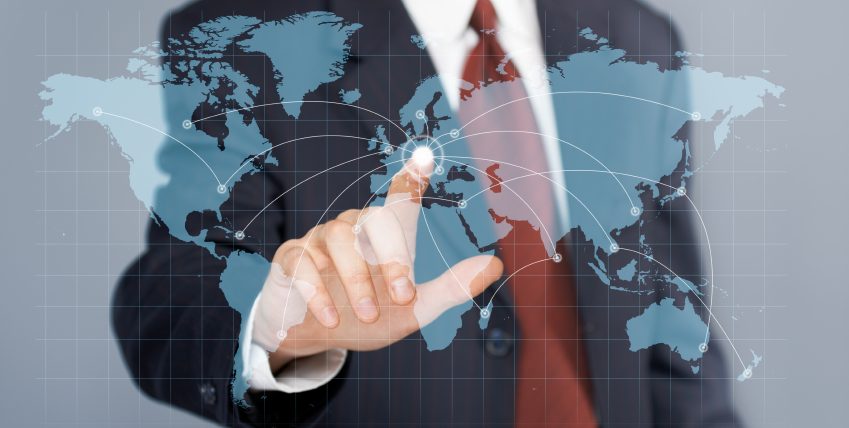No longer can federal governments rely on local knowledge of the terrain they face. Instead, work stretches far and wide, but plane rides and pictures don’t always provide the necessary information.
That’s why it’s an exciting era for those in government. Vivid satellite images, airborne drones and 3D technology have unlocked another realm of possibility for public service.
“This is not hype. This is going on right now, and it’s very exciting,” Kurt Schwoppe, Business Development Lead at Esri, said during Thursday’s online training. Esri uses geographic information systems (GIS) to provide its users with maps, data and analysis to improve business functions.
Images teem with data and information that can help government do its job. Previously, however, analyzing an image could require painstaking human labor – if it was even possible. Imagery and remote sensing have unfettered the data collection and analysis portion, by offering authoritative data to pair with digital mapping.
Authoritative data is reliable and exact – in addition to offering immediate use applications.
With integrated catalogs, the Chesapeake Conservancy accessed NAIP maps provided by the Agriculture Department to track different types of plant life along the Chesapeake Bay. With one-meter photography – as compared to previously used coarse, 30-meter photography – scientists can map vegetation patterns and even use image functions to evaluate vegetation health.
By overlaying application tiles, users can cut out manual counting or qualifying, as applications provide live analysis that offers instant results. From there, analysts can make informed decisions off of mapping data.
Other use cases include the Federal Emergency Management Agency (FEMA) response to Hurricane Maria. By scanning before-and-after images, response workers could quickly tell which areas were most devastated by evaluating visible storm damage.
The potential of imagery has expanded recently. Now in integrative programs, such as Esri’s ArcGIS platform, the power of satellites, aircrafts and drones can compile a synchronized map of amazing precision.
Using imagery, GIS can glean the dimensions and geographic properties of items on a map by combining 2D and 3D imagery. The service can then detect slope, height and inconsistencies between maps. Just as importantly, it can identify similarities between maps.
“What it allows you to do is easily create a variety of 2D and 3D map products from your drone imagery,” Kyle Talbot, Esri Solutions Engineer, said.
New technologies, such as lidar – a detection technology that relies on laser detection, in a fashion similar to radar – have created new capabilities.
“For many users who have lidar data, the end goal is to generate derivative products from the light cloud,” Mark Romero, Esri Imagery Specialist, said.
Although mapping technologies are meant to be user-friendly, they also have enough customizability that they can be suited to any situation. Applications can be overlaid for more complex projects.
With modern improvements in mapping technologies, new mission capabilities are in reach. By synchronizing applications and data, small projects can have a big impact.
“The old days of data-filers with imagery scattered all over the organization, that’s gone. The cost of being able to do it, that’s gone,” Schwoppe said. “This quick and immediate access and the rapid turnover of information, that’s what’s new. And that’s what we’re driving to achieve.

